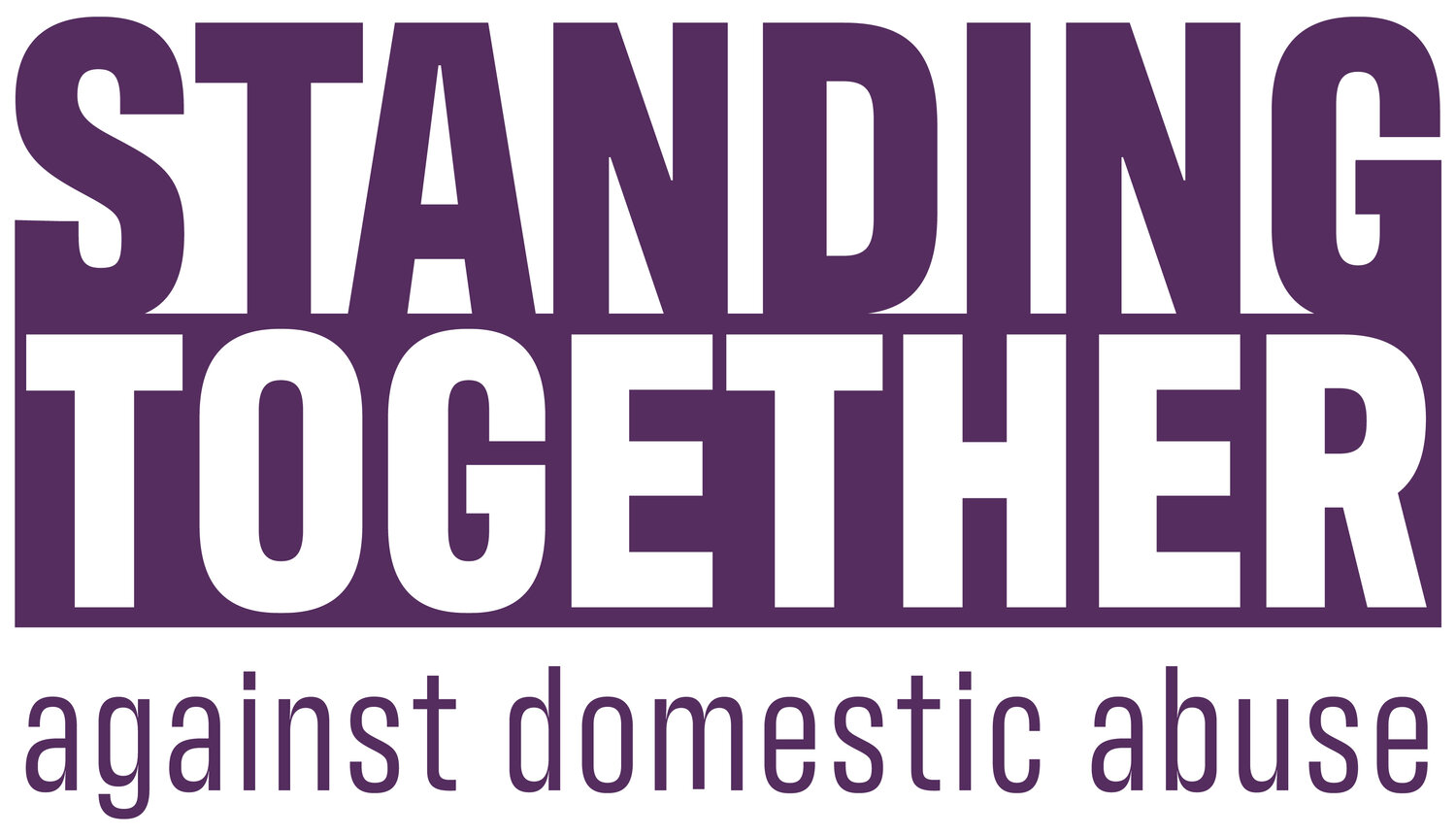“I Can Breathe Now Knowing I’m Safe”: Why Sanctuary Schemes Must Be Central to Domestic Abuse Housing Responses
When a survivor of domestic abuse says, “I can sleep peacefully with my children now” - it speaks to the heart of what Sanctuary Schemes achieve - safety, dignity, and the chance to rebuild.
A couple of weeks ago, Emma Storey, Director of Housing at Standing Together, appeared on BBC Lincolnshire TV and radio, as well as in a news article, to speak about a target hardening case that delayed vital safety measures for a woman fleeing abuse. In addition to commenting on this case she also took the opportunity to emphasise the importance of a joined-up response through the Whole Housing Approach (WHA) and the essential role Sanctuary Schemes can play in helping survivors stay safely in their homes.
A Sanctuary Scheme is a survivor centred initiative that includes target hardening security measures (reinforced doors, alarms, security lighting, a fireproof letterbox etc) alongside specialist domestic abuse support. Sanctuary Schemes allow survivors to remain in their own homes when it's safe and their choice to do so.
“Thank you for the safe room. He can’t get to me now.”
— Sanctuary Scheme client
Sanctuary Schemes are a recognised form of safe accommodation under the Domestic Abuse Act 2021, and a vital option in preventing homelessness, reducing disruption to children's schooling, and supporting survivors’ recovery in a space they already know.
Research shows that 14% of households with a Sanctuary Scheme installed were prevented from making a homelessness application. Children remained in their schools. Women stayed near their support networks. Survivors who once feared for their lives in their own homes said:
“I’ve been crying out to feel safe in my own home. I can breathe now.”
“I was scared I’d be forced to move, but I can now stay near my friends.”
Still, despite the evidence and its statutory status, implementation varies widely across local authorities. As Emma Storey explained to the BBC, survivors are often met with administrative delays, unresponsive landlords, or a lack of specialist support. In one reported case, a council issued a formal apology for the “unacceptable level of service” that left a woman unprotected for months.
Sanctuary as Part of the Whole Housing Approach
The Whole Housing Approach (WHA)—conceptualised by DAHA in 2018—is a groundbreaking, multi-tenure model that provides a framework for how local areas can offer a range of safe accommodation and support options for survivors. It brings together sectors and systems, ensuring survivors can access support regardless of their housing status, be it social housing, private rented, supported accommodation, or homeownership.
In WHA, Sanctuary Schemes are just one piece of the puzzle. Others include:
Refuge provision
Flexible funding
Perpetrator management
DA services co-located in housing teams
Managed reciprocals, Housing First, and more
Each element contributes to a Coordinated Community Response—a holistic system where housing becomes a route to safety, not an obstacle to it.
“You are the only ones who understand what he’s capable of doing. He can’t hurt me anymore.”
— Sanctuary Scheme client
A Call to Action for Local Authorities
With Part 4 of the Domestic Abuse Act now fully embedded, local authorities are legally obligated to provide accommodation-based support for domestic abuse survivors. Sanctuary Schemes qualify as ‘safe accommodation’—yet many areas still lack the resources or commitment to deliver them.
DAHA has developed a toolkit, referenced in the statutory guidance, that offers practical support for areas aiming to deliver the model to a high standard.
However, uptake remains uneven—and cases like “Jane,” featured on BBC Lincolnshire, remind us that policy alone isn’t enough without commitment and implementation.
Standing Together: Supporting Implementation and Impact
At Standing Together, we support local authorities to implement the Whole Housing Approach as a vehicle for delivering Part 4 statutory duties and ensuring survivors can remain safely in their homes wherever possible. We know that with the right training, partnerships, and funding mechanisms, this model works.
“I didn’t know what I did to deserve all this help… Please help as many women as you can through this service.”
The ability to stay in your own home—safely, securely, and with dignity—should be available for every survivor. Sanctuary Schemes, when implemented effectively, prevent homelessness, save lives, and offer survivors the one thing every human being deserves: peace of mind.
As Emma Storey’s media interviews highlighted: this work is urgent, evidence-backed, and entirely possible. But it demands commitment—from councils and from multi-agency boards to create systems where survivors are not forced to choose between danger and displacement.
“It makes absolute sense to start by asking whether a survivor can safely remain in their own home, when that’s their preference. Sanctuary Schemes can make it possible. When delivered well, these schemes are life-changing for survivors and also a cost-effective way to reduce homelessness. At a time when councils face mounting pressure to cut the use of temporary accommodation, these schemes remain an underused but vital solution”
— Emma Storey, Director of Housing, Standing Together
